The project recovers the historical building into a constructive and spacious building, carried out via dialogue with a new structural form, articulated through a central area of where tradition and modernity of viticulture and wine in Navarre meet. In the old part of the building the welcome area is located, with historical reminders of the past. Parallel to this, modern day references run hand in hand in the new structure. On the ground floor there is an independent area set aside for multiple usage linked, either transparently or opaquely, to the patio and to central area which is devoted to the exhibition and tasting of wines with guarantee of origin from Navarra.
The patio is converted into an expanded area with possible exterior access and a grapevine cover which hides the current partition.
The building keeps up its image in the sphere of public elevations, with its stone walls and its wooden eaves complete with an up-to-date socket box, integrated along with the restored elements into a unified whole. This section harks back to the historic originality of the palace, and highlights the dual nature of the exhibition, creating clear and flexible spaces, where architecture supports the study of museum pieces, and where there is a clear distinction between the exhibitions layout trajectory, and the supporting areas, both of which can be managed jointly.
It consists of a dihedron of antique stone which marries up with a new metal dihedron, like two intertwined hands which get close enough to hint at the magical space between them: like the space where the earth and human technology meet, a complete cultural history defined by the traditional wine producers term of `coupage`.
1997
1999
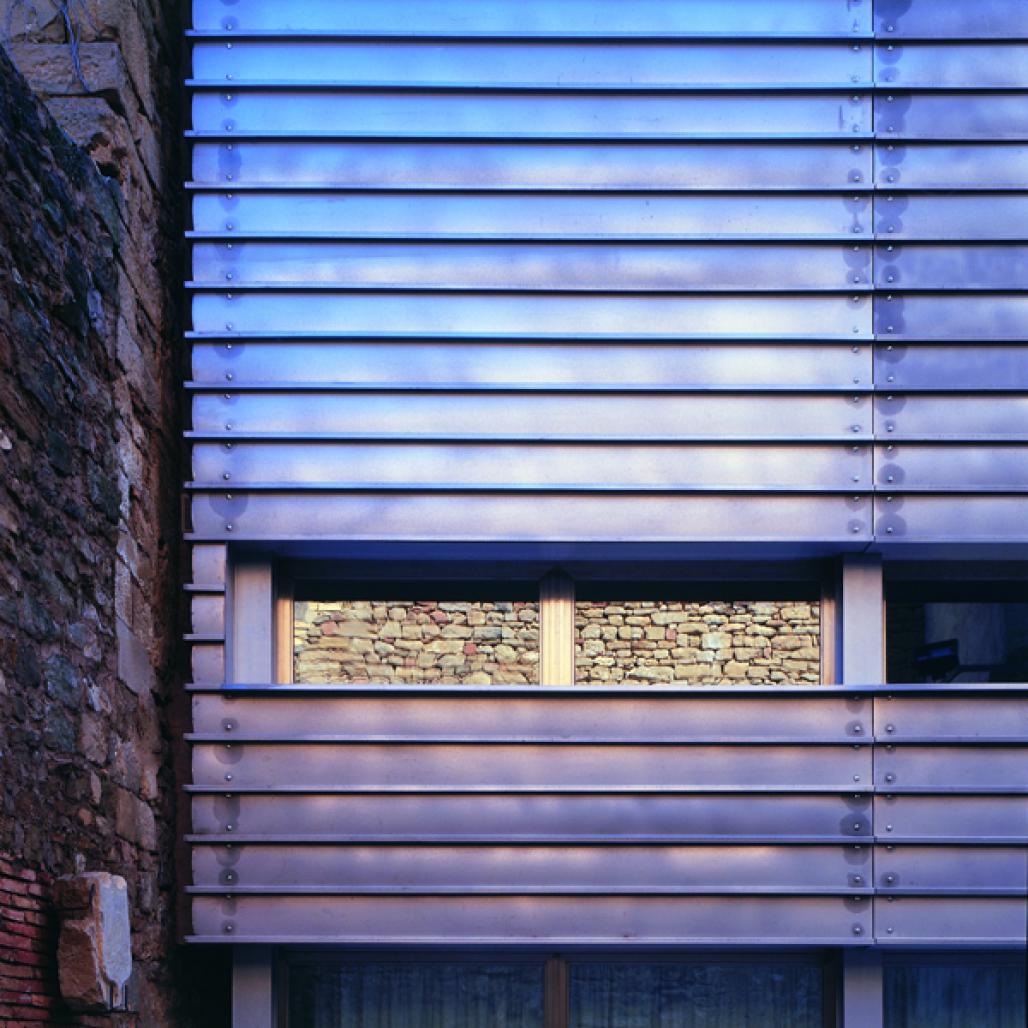

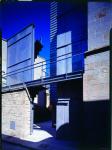
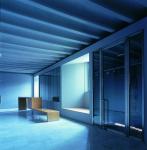
.jpg)
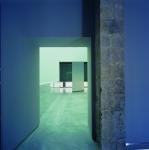
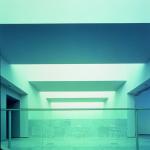

.jpg)
